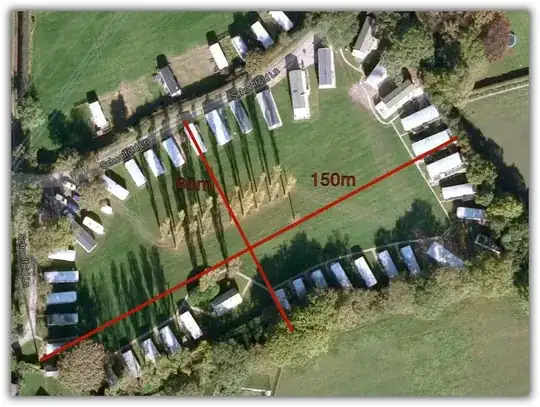Apologies if this is a schoolboy question but I've been asked by a client to look into installing Wi-Fi for their caravan park. More than happy with office Wi-Fi having done that for years but outdoor/high-power is rather outside my area of expertise. If it gets too hard, I'll find a local specialist. I did electrical engineering at uni but that was a long time ago but I do kinda remember the theory.
But the schoolboy question is that I understand about increasing the power of the transmitter (both the wattage and antennae gain) to improve range which is fine for transmitting data from the outdoor access point to the receiver (PC, tablet or mobile) but what about transmitting back the other way? Do the client devices have the power to be able to reach the distant access point?
One of those distant EE classes suggests I'm missing something...
